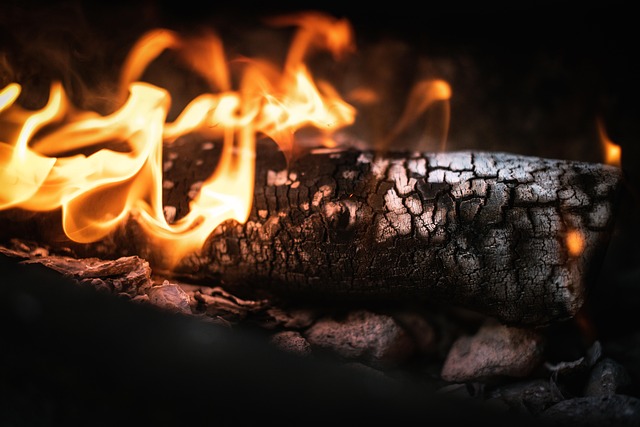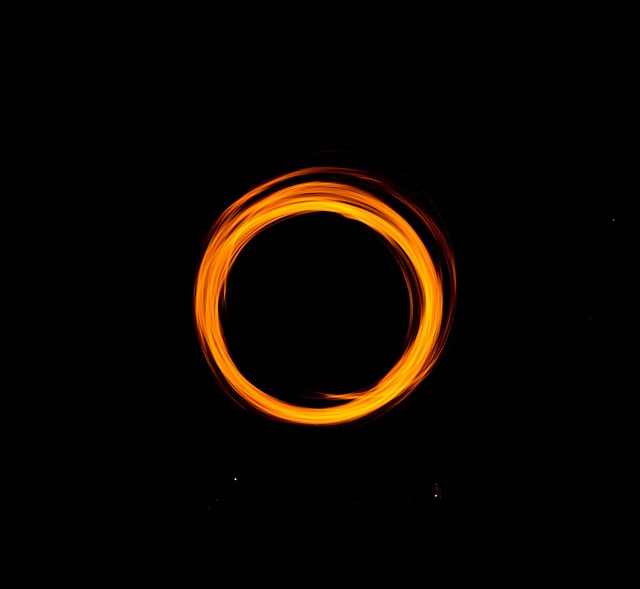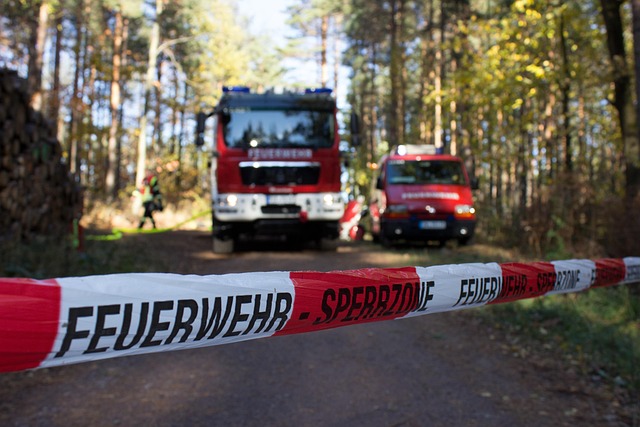Texas homeowners facing fire damage should prioritize safety and professional cleanup. Document losses, review policies, contact insurers promptly, and follow local guidelines for debris removal. Engaging restoration services aids in navigating claims, mitigating secondary damages, and ensuring a successful insurance process. Fire damage insurance claim tips emphasize swift action, thorough documentation, and adherence to regulations for Texas homeowners.
After a fire, navigating debris cleanup can seem overwhelming. This comprehensive guide provides essential insights for Texas homeowners facing charred debris removal. Learn about the intricacies of fire restoration and understanding your fire damage insurance claims rights. We offer practical tips to efficiently manage the process, ensuring a smoother recovery. Maximize your insurance benefits with our expert advice tailored to Texas homeowners, helping you transform from disaster to rebuild.
- Understanding Fire Restoration and Charred Debris Cleanup
- Navigating Fire Damage Insurance Claims in Texas
- Tips for Efficient and Effective Charred Debris Removal
Understanding Fire Restoration and Charred Debris Cleanup

Fire restoration and charred debris cleanup are critical processes that require professional expertise, especially in Texas where home fires can occur with varying intensity due to weather conditions or human error. When a fire damages your property, understanding the scope of work involved in restoring it to its pre-loss condition is crucial for homeowners looking to file a fire damage insurance claim.
Texas homeowners should familiarize themselves with fire restoration tips and procedures before facing such an event. This includes documenting damage through photography, keeping receipts for repairs or replacements, and coordinating with insurance providers to ensure a smooth claims process. Efficient cleanup begins with removing charred debris—a crucial step that prevents further damage from smoke and soot residue, which can be expensive to rectify. Professional restoration services are vital in mitigating these secondary damages, providing peace of mind, and helping homeowners navigate the fire damage insurance claim process successfully.
Navigating Fire Damage Insurance Claims in Texas

Navigating fire damage insurance claims in Texas can be a complex process, especially for homeowners unfamiliar with the system. As a first step, Texas homeowners should thoroughly document their losses by taking photos and keeping records of all damaged possessions. This is crucial when filing a fire damage insurance claim as it provides clear evidence of the extent of the damage.
Next, homeowners should review their policy carefully to understand what’s covered under their specific plan. Fire damage insurance claim tips for Texas residents include contacting their insurer promptly after the incident. The quicker the communication, the faster the claim processing and settlement can be expected. It’s also advisable to keep all communications, including emails and letters, related to the claim for future reference.
Tips for Efficient and Effective Charred Debris Removal

After a fire, removing charred debris is crucial for ensuring a safe and healthy living environment. Texas homeowners with fire damage insurance claims should approach this process systematically to maximize efficiency and effectiveness. Start by wearing protective gear, including gloves, masks, and eye protection, to safeguard against hazardous materials and lingering smoke particles. Next, prioritize the removal of large, obvious charred items, such as burned furniture or appliances, using tools designed for heavy debris to expedite the cleanup.
Separating debris into categories—burned items, salvageable possessions, and safe disposal materials—is essential. Burned items may require specialized cleaning methods or professional disposal due to potential toxic residues. Salvageable possessions should be thoroughly inspected for fire damage; those beyond repair should be discarded promptly to prevent further contamination. For safe disposal, Texas homeowners can refer to local guidelines on hazardous waste management, ensuring that all materials are handled and disposed of according to regulations, especially when dealing with potentially dangerous charred remains from the fire damage insurance claim process.
Fire restoration and charred debris cleanup are critical steps towards recovering from fire damage. For Texas homeowners, understanding your fire damage insurance claims and implementing efficient debris removal strategies are essential. By familiarizing yourself with the process and using effective techniques, you can streamline the recovery journey, ensuring your home is restored to its pre-fire condition. Remember, these tips serve as a guide, and professional assistance is always recommended for complex situations.
